Greetings!
Where we live we are just on the verge of spring. Today I saw the first new, bright green growth on the clematis by the front porch. Yesterday it was snowing. It’s still too cold to de-winterize our RV, but the small periods of blue sky and sunshine, plus the cheerful sounds of many types of birds calling through the trees are making us want to get out of the house and enjoy some traveling. We keep telling ourselves, “just a little while longer.”
This Week
I’m wondering if I have gotten a bit too carried away in my enthusiasm lately. Have my letters been too long? As I go back and read them, I’ve noticed I’m scrolling a lot. I think it is fascinating stuff, but what do you think? Do I need to shorten them? Please let me know by choosing an answer below.
Full Speed Ahead
What About…?
Stink Bugs
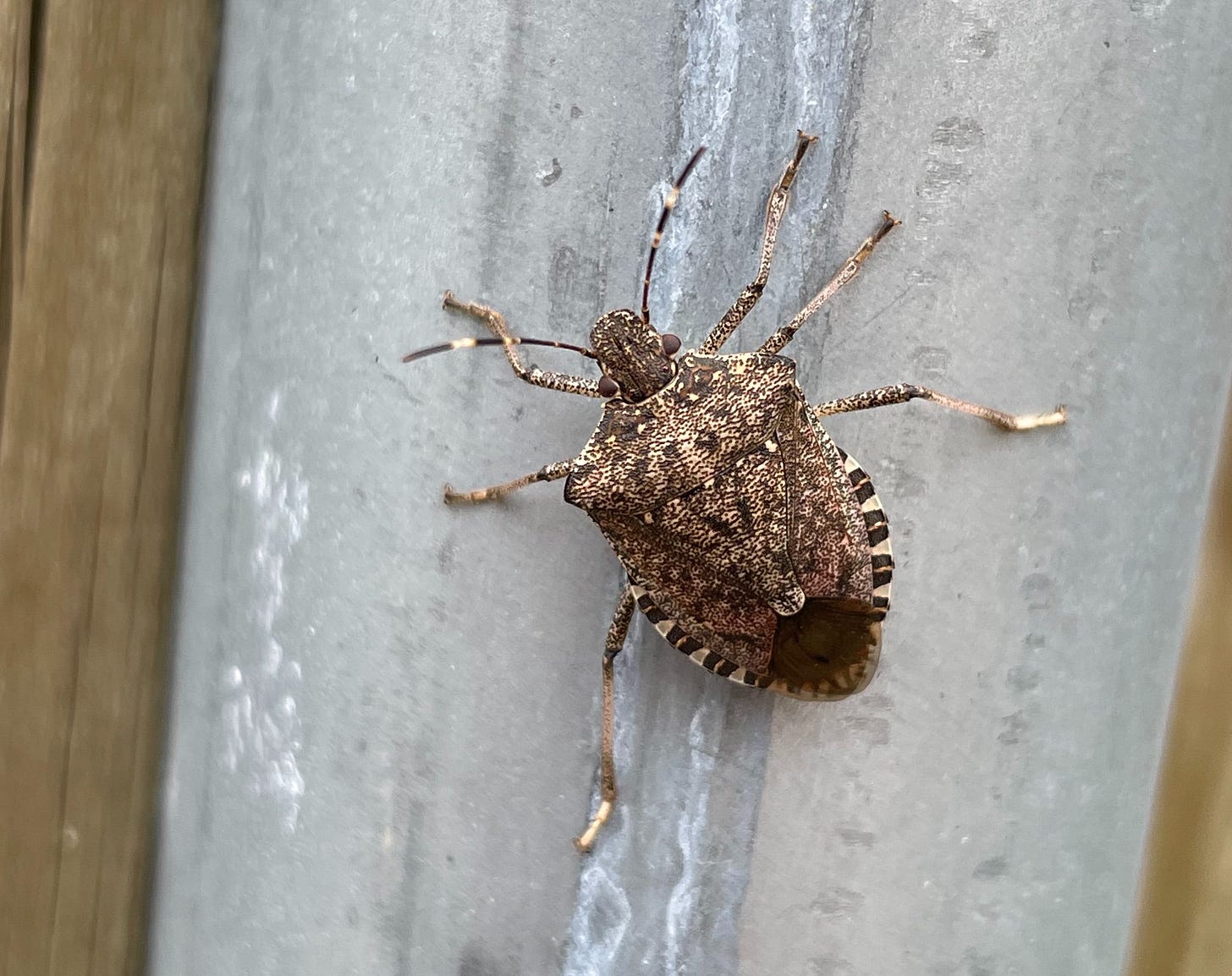
When you just read “stink bugs” did you react with a little “Ewwww” shiver? I did when I first landed on this topic, and my wife did when she read what I was writing about. Stink bugs have a fairly bad reputation, and while some of it has been well-earned, they have their positive characteristics, too.
Stink bugs belong to the family Pentatomidae, of which there are around 5000 species worldwide.
In general, stink bugs are considered pests that can damage orchards, crops, and gardens. However, there are beneficial stink bugs that are predators of pests such as caterpillars and beetles, so they are good to have around. Unfortunately, it can be difficult to tell them apart.
Stink bugs are so named because, well, they stink. Actually, they release a chemical defense that stinks. It is released when they are crushed or threatened. It can be sprayed up to several inches. They also release chemicals that attract other stink bugs, but the fluid is different from that produced when threatened.
Crushing a stink bug will not attract more stink bugs.
Stink bugs do not bite or sting. Their main defense is the stinky chemical they release. It is believed to smell and/or taste bad to some of their predators. The other defense they have is super passive - they play dead (technical term - thanatosis) so predators attracted by movement will hopefully leave them alone.
For homeowners, stink bugs are really more of an annoyance than a harmful pest. They cannot hurt your home or your family. When they come into your house, usually in the fall, they are only trying to stay warm. They don’t build nests or lay eggs in people’s homes, preferring outdoors in the springtime.
Not all people can smell the “stink” of stink bugs. For those that can, the odor is described as sweet or peppery, depending on the species and the person. I wonder if it is a genetic thing, like whether or not you can smell asparagus pee. If you don’t know what that is, you either don’t eat asparagus, or you can’t smell the very stinky smell of your pee after ingesting asparagus.
One of the most common pest-type stink bugs is the invasive brown marmorated stink bug. Originating from East Asia, it was first identified in the U.S. in Allentown, Pennsylvania in 1998. (Did anyone else just start hearing Billy Joel in their head?) As of 2021, brown marmorated stink bugs had been found in 47 states and 4 Canadian provinces, with the most severely affected areas being the east and west coast of the U.S.
Existing in a huge variety of colors and patterns, some stinkbugs are quite beautiful. They have five nymph stages, some being very striking, even more so than the adults.
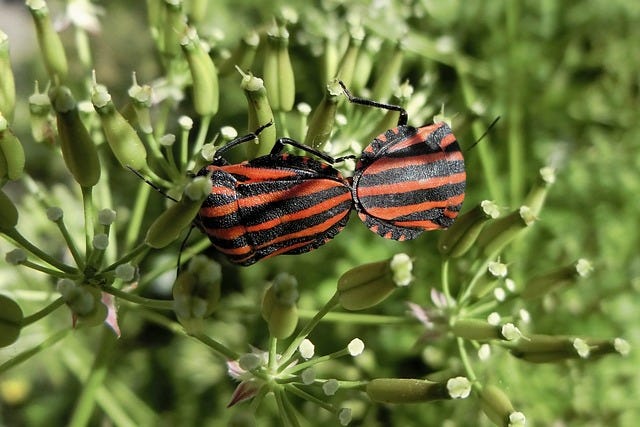
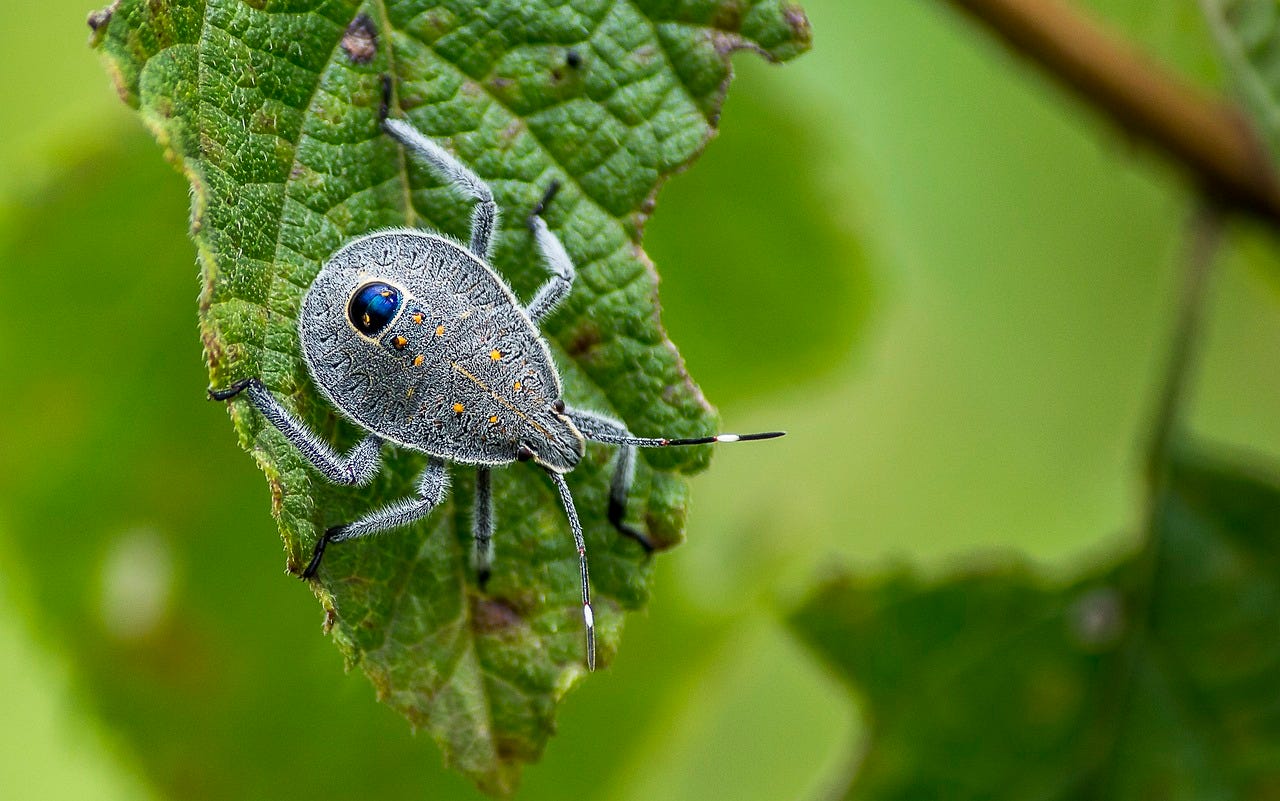
Main Sources:
Missouri Dept. of Conservation
National Pesticide Information Center
Oregon Department of Agriculture Guides
Exploring More
Why Do We Fear Snakes, Spiders, and Other Relatively Harmless Creatures?

As I was researching stink bugs, it became clear that a great deal of their bad reputation is unfounded. Yes, certain species are detrimental if you are growing crops, orchards, or even personal gardens. Other species are beneficial to those very same groups because they eat harmful, plant-eating insects.
For most people, stink bugs are not a threat - they can’t sting, bite, or destroy your home. Yes, they are annoying. Yes, they can stink, but so does a cat’s litter box from time to time, a dog’s farts, or cooked cauliflower. These are things we probably do not feel threatened by and simply put up with.
I got to thinking about how many other creatures are feared or harshly judged because some of their species are perceived as dangerous or pests. These could include rats, ants, and jellyfish. Related to that question, how many are feared or disliked simply because of what they are, almost as a reflex? I’d include spiders, snakes, slugs, and bats.
Obviously, there are areas of overlap and significant differences among human reactions. For instance, I don’t particularly fear or get creeped out by any of the creatures named above, but I would rather not be surprised by a snake or rat. My teenage daughter and I are the official spider catchers in our home. We don’t want them in the house, but aren’t afraid of them or believe they deserve to die. We also agree all of these creatures are interesting to watch and learn about. Many people would disagree with us.
Where do fears or animosities towards various creatures come from? Does anyone who fears a particular creature have a phobia? Can, or should, our fears be overcome?
For answers to these questions, I turned to science.
Rational and Irrational Fears
There are rational fears and irrational fears, some extreme enough to develop into phobias. Phobias are severe anxiety reactions that can cause panic attacks and interfere with daily life, even if the person rationally knows they are not in danger. Most people do not have a fear develop into a phobia. Often seen within the top five phobias are dogs (cynophobia), snakes (ophidiophobia), and spiders (arachnophobia).
Rational fears are logical and justified. Black widow spiders are venomous and their bites can cause severe physiological symptoms. It is rational to be cautious or fear them. Several species of snakes are venomous, so being fearful of them is logical. What isn’t as rational is fearing all spiders or snakes based on a handful of dangerous ones.
There are around 50,000 types of spiders and only 30 that are truly harmful to humans. As for snakes, there are about 3,000 species with 300-450 that are considered dangerous to humans. Given those statistics and considering that huge numbers of people do not live anywhere near harmful spiders or snakes, it’s not particularly rational to have a generalized fear of snakes or spiders. Many of us do anyway. What’s going on?
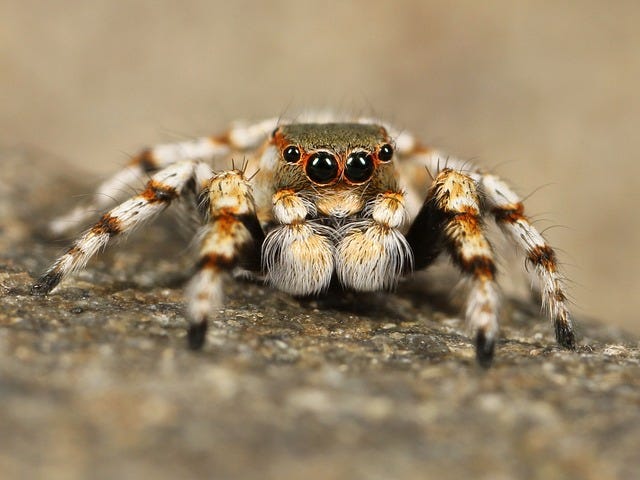
Learned Fear or Hereditary Fear?
Researchers have a few theories about why humans often fear creatures that are not currently much of a threat. The fear may be a learned response, a hereditary one, or possibly both. Scientists also factor in that often the response to creatures like snakes, spiders, cockroaches, and maggots (fly larvae) is more about disgust than fear. I can relate to that because when I started reading about maggots, my “Ewww” reaction was strong, but I didn’t feel like fear was involved. Just “YUCK!”
Until recently, the main research studies revealed that when presented with hidden images, adults and children spotted potentially dangerous objects, specifically spiders and snakes, faster than non-threatening objects like flowers and mushrooms. This was considered a survival response to a potential threat. The problem with this research is that it didn’t provide a distinction between whether the person had learned the response or inherited it.
In 2017, there was a significant breakthrough. Scientists at the Max Planck Institute for Human Cognitive and Brain Sciences published research showing that a basic fear of snakes and spiders is hereditary. Their experiment showed that 6-month-old infants had a significant pupillary response when shown pictures of snakes and spiders, but not flowers or fish. The pupil dilation activates biological systems related to a stress response. This means babies are born perceiving spiders and snakes as stressful. At this age, they are too young to have a learned response to snakes and spiders, so the study shows their response is genetically inherited, presumably as part of human evolution.
That doesn’t negate that learned responses exist. Scientists believe the Max Planck study shows we have a predisposition to learning that snakes and spiders are dangerous. In other words, somewhere in our brains we already think “these guys seem like they might be bad,” so when our parents tell us not to touch them, or that they are dangerous, our brain is already on board with the idea. As we learn more, like that there truly are spiders and snakes that could kill us, our brains don’t stop to ask a bunch of logical questions like which snakes or where the dangerous spiders live, it reacts with fear or disgust to keep us alive.
Disgust Response
We’ve looked a bit at the fear response, but what about disgust? Some people look at spiders, rats, or snakes and feel true revulsion rather than fear. Studies have also shown that there are both instinctual and learned responses when considering the visceral “Ewww” factor. Neuroscientists consider the disgust response, which often includes nausea or lack of appetite, as a motivational system that evolved to keep us away from dangerous things like rotten food, pathogens, toxins, and some animals. Similar to the inherited fear response, disgust instincts can be further developed by learned behavior, often culturally based.
So What?
What does all this really mean? Mainly, it means both nature and nurture cause humans to have both rational and irrational fears of some animals. Interestingly, people tend to not have instinctually-based fears of potentially more dangerous animals like bears, lions, or rhinos. One thought is that those types of animals are too “new” to be built into our DNA vs. older creatures like spiders and snakes, which our ancestors dealt with millions of years longer the more modern animals previously mentioned. Logically, many of us are not in environments where lions or bears even exist, so our parents and society do not teach us to be fearful of them.
Most of the research I could find about creatures we tend to fear more than the chance of exposure indicates is realistic, was about spiders and snakes. These are two of the most feared animals according to lists of phobias, so maybe that is why more research has been done on them. Perhaps the genetic predisposition to fear spiders and snakes indicates most of our other fears are learned ones.
Based on current and past history, we have learned to fear, or be disgusted by, creatures such as jellyfish, rats, and bats. Each of these animals is very important to the health of our planet, mostly because of what they eat or what eats them. However, because of what we’ve heard or read about the plague and rats (Remember the previous issue about the platypus?), deadly stings of jellyfish (Thanks Will Smith and Seven Pounds.), blood-sucking bats (Out of 1,400 species, only 3 types of bats drink blood, and rarely human blood.), we have learned to fear them.
Does this acquired knowledge help explain why some people are afraid of certain creatures and others are not? My parents didn’t raise me to fear animals. Throughout my life, I’ve had positive associations with jellyfish, worms, slugs, rats, and bats. I’ve been curious about almost all types of animals. Since any predisposition of fear I may have was not fed, maybe that’s why my fear level is very low. If we mainly learn facts rather than fears, is that the outcome?
As to whether we can or should try to overcome our fears, that is really an individual preference. Yes, there are ways to significantly reduce fears using methods like exposure therapy or cognitive behavioral therapy. These could be very valuable if you have a great deal of anxiety or a phobia that impacts your daily life. On the other hand, if your fear is relatively minor, or useful because you live in an area with highly dangerous snakes, spiders, or other creatures, then living with it may be your easiest and best option.
Either way, isn’t it interesting to consider your own fears and why they exist?
A simple favor
If you enjoyed this issue, please take a quick moment to click on the heart below. It’s nice to know someone is out there reading what I’ve written. :)
Have a peaceful week. If you’ve not watched the documentary, “My Octopus Teacher,” I highly recommend it. I watched it in the last couple of weeks and found filmmaker Craig Foster’s story of his friendship with an Octopus quite inspiring.
Peace,
Dakota Duncan


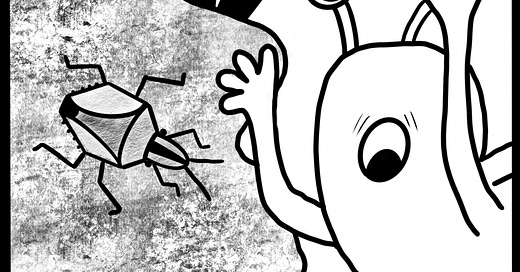



Thank you for educating me about stink bugs! We were inundated by them this spring&summer.